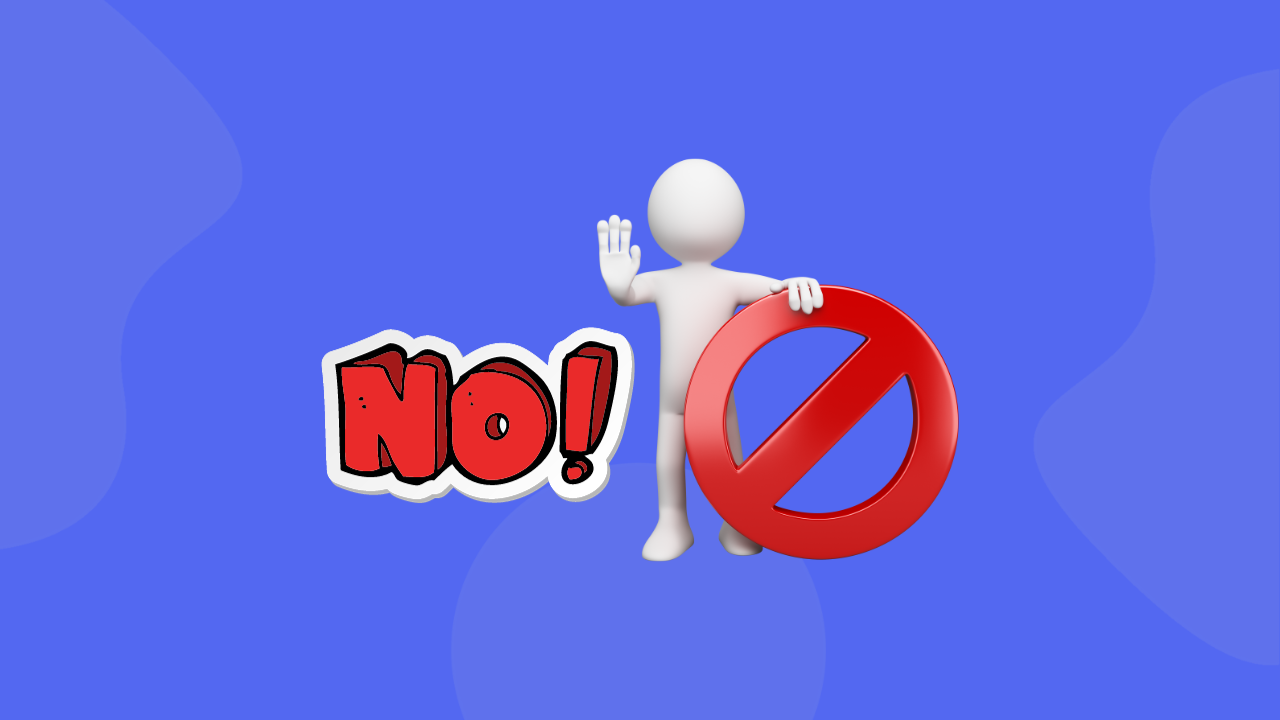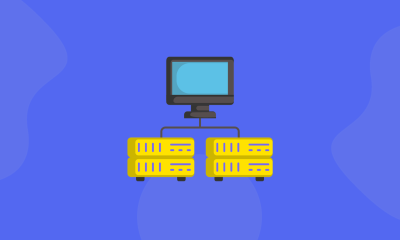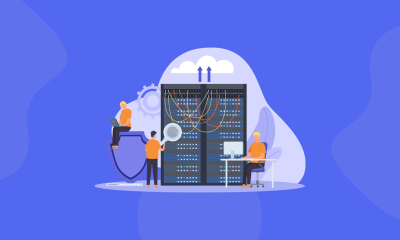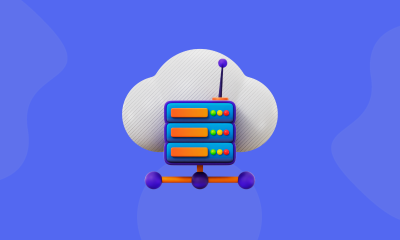Remote Desktop Protocol (RDP) serves as a powerful tool, enabling users to connect to and control devices remotely over a network connection. While RDP proves invaluable for managing devices from afar, it is crucial to adhere to certain best practices to ensure security and compliance. In this comprehensive guide, we will explore the dos and don’ts of RDP usage, emphasizing the importance of responsible practices for a seamless and secure remote experience.
1. Guard Your Credentials: Keep RDP Access Exclusive
Sharing RDP credentials is akin to handing over the keys to your digital kingdom. To prevent unauthorized access, it is paramount to keep your login information private. This simple yet effective measure forms the first line of defense against potential security breaches.
2. Encryption is Non-Negotiable: Say No to Unsecured Connections
RDP should always traverse secure, encrypted channels. Using it over unsecured connections opens the door to potential data interception. Prioritize the safety of your information by ensuring that RDP sessions occur only over encrypted connections.
3. Strengthen Your Fortress: Adopt Robust Password Practices
The strength of your RDP password directly influences your system’s vulnerability. Refrain from using weak passwords and opt for strong, unique combinations to thwart brute force attacks. An intricate password acts as a formidable barrier against unauthorized entry.
4. Secure Before You Share: Adequately Fortify Remote Devices
Before granting remote access, bolster the security of your devices. Install antivirus software, activate firewalls, and implement other necessary security measures. Ensuring devices are adequately fortified minimizes the risk of compromising the entire network through an exploited entry point.
5. Respect the Sensitivity of Data: Authenticate and Authorize
Exercise caution when accessing sensitive data or systems via RDP. Proper authentication and authorization protocols should be followed to uphold data security and compliance. RDP should be a gateway only for those who are meant to access critical information.
6. Log Off and Disconnect: Close RDP Sessions When Unattended
Leaving RDP sessions open and unattended is a potential security hazard. Always log off or disconnect when stepping away from your device. Unauthorized access during unattended sessions can expose your device and compromise your network.
7. Mind Your Surroundings: Avoid RDP on Unsecured Networks
Public WiFi and other unsecured networks are breeding grounds for cyber threats. Utilize RDP exclusively on secure, private networks to safeguard your data against potential attacks. Your remote connection is only as secure as the network it traverses.
8. Keep Pace with Updates: Shield Against Vulnerabilities
Outdated devices are vulnerable devices. Regularly update your devices with the latest security patches and software updates. This practice is paramount in fortifying your defenses against potential vulnerabilities that may be exploited during RDP sessions.
9. Configurations Matter: Employ Robust RDP Settings
The security of RDP extends beyond just passwords. Ensure that RDP configurations are up-to-date and robust. Enable two-factor authentication for an additional layer of security, making unauthorized access a significantly more challenging endeavor.
10. Stay Within the Lines: Adhere to Company Policies and Protocols
RDP should be used responsibly and in accordance with company policies and security protocols. Avoid using RDP to bypass security controls or access restricted resources. Responsible usage ensures a secure, compliant, and harmonious digital environment.
Conclusion:
By adhering to these comprehensive guidelines, you can transform your use of RDP into a secure and compliant experience. Remember to consistently update your RDP credentials and fortify your devices against potential threats. Responsible RDP usage not only ensures a smooth remote experience but also protects your digital assets from the ever-evolving landscape of cyber threats.










